- M.A
- News
- 10930 views
- 9 comments
- historical
The Achaemenid empire was the largest empire the ancient world had seen, extending from Anatolia and Egypt across western Asia to northern India and Central Asia. Its formation began in 550 B.C., when King Astyages of the Median empire, who dominated much of Iran and eastern Anatolia (Turkey), was defeated by his southern neighbor Cyrus, king of Persia (r. 559–530 B.C.). This upset caused the balance of power in the Near East.
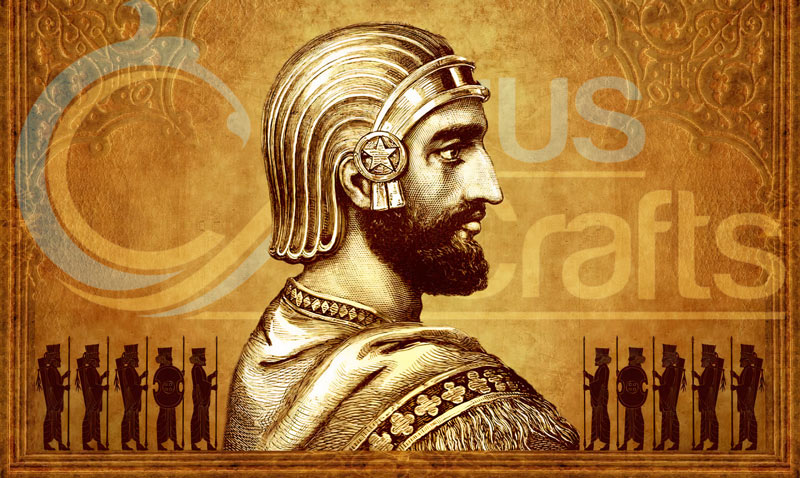
Soon after Cyrus the Great established the first Persian Empire, it would become the world's first superpower. As a result, it united under one government three crucial sites of early human civilization in the ancient world: Mesopotamia, Egypt's Nile Valley, and India's Indus Valley.
Who was Cyrus the Great?
Cyrus the Great (576-529 BC), also known as Cyrus II, was the first king and founder of the Achaemenid empire. Cyrus the Great is known for his generosity, the founding of human rights, the founding of the world's first and largest multinational empire in middle east, the liberation of enslaved people, respect for various religions, the spread of civilization, and so on.
Contrary to many sources that emphasize his Zoroastrianism today, authentic historical documents do not directly reference the religion of Cyrus the Great. Interestingly, however, the biography of Cyrus the Great shows that he was always tolerant of the various religious beliefs and traditions of the people under his rule and never sought to change the religious customs or religion of the people politically.
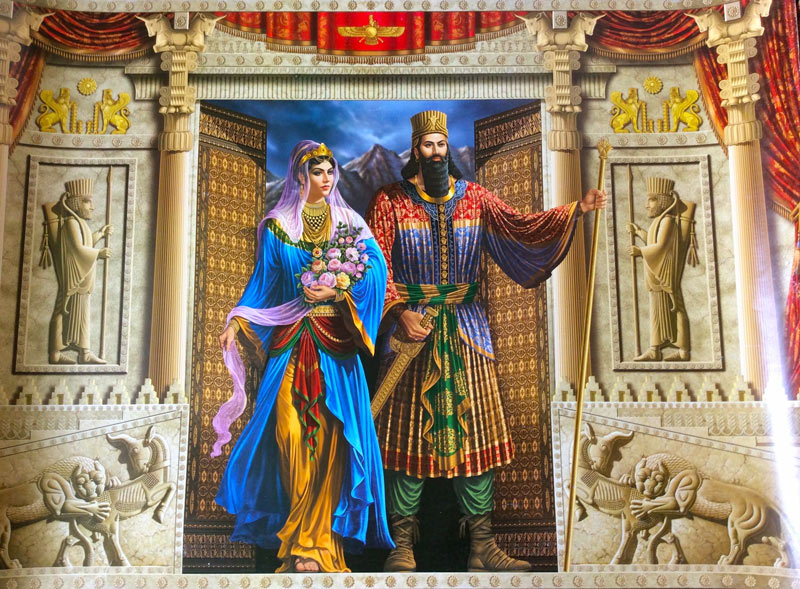
Cyrus Crafts; Luxury & Unique Products
Cyrus's wife was "Cassandane," the queen of 28 Asian countries and the most famous queen of the court, and the only wife of Cyrus the Great was highly respected by Cyrus. Queen Cassandane was considered a great power in the Achaemenid empire and ruled the world along with Cyrus the Great and was the second most powerful politician in the government. Cyrus the Great always took a lot of advice from his wife and practically involved her in politics.
Cambyses II: Successor Of Cyrus The Great
Cambyses II is the second king of the Achaemenid empire dynasty, and the eldest son of Cyrus the Great and Cassandan. Cyrus the Great had two sons, the elder brother Cambyses, who was older, and the younger brother Bardiya. Cyrus appointed Cambyses as his successor. Although Cambyses II is known as a politician and a Great king, stories about his fratricide have slightly damaged his reputation.
During his lifetime, Cyrus the Great entrusted his second son Bardiya with the administration of the empire's eastern provinces. After the great king's death, disturbances - in which Bardiya participated - arose in all aspects.
Cambyses finally decided to cut the roots of any movement that would weaken his power and destabilize the throne. He ordered Bardia to be killed secretly.
What is the Persian Empire known for?
The Achaemenid Empire was the first cohesive superpower in the world, under the tutelage of Cyrus the Great and Darius the Great. It was based on respect and freedom given to other cultures. Despite the vastness of the lands under their power, the religions, beliefs, and cultures of different parts of the empire were always respected, and the people had the freedom practice to their culture and customs. Perhaps the most crucial key to the immortality of this ancient government throughout history.
The Achaemenid kings did not have religious prejudice. They, therefore, left any nation free in their beliefs, and the religion of the Achaemenid kings and the people of Iran was not imposed on them. But what united these countries was obedience to the king's orders. Countries also had to pay taxes.
Cyrus banned slavery in all areas he ruled. Cyrus's essential and fundamental ideas later profoundly affected universal human rights.
The king apparently supervised all the judges. The kings treated the judges who ruled unjustly and cruelly. Also, no death sentence was handed down for a crime committed for the first time. It was also believed that if someone did something bad, he should consider his good deeds in return for his guilt, and if his evil deeds were superior, he should be punished.
The Achaemenids had an army of ten thousand men called the "Eternal Army," who were armed and ready to serve.
During the heyday of the Achaemenid Empire, extensive architectural structures were erected, of which Pasargadae and Persepolis were probably the most famous samples of Iranian architecture.
Cyrus Cylinder
Cyrus the Great is immortalized in the Cyrus Cylinder, a clay cylinder inscribed in 539 BC with the story of how he conquered Babylon from King Nabonidus, bringing an end to the Neo-Babylonian empire.
After entering the glorious ancient city of Babylon, the Achaemenid Cyrus (550-530 BC) issued a decree freeing various nations from Babylonian captivity, according to which 40,000 people were released from captivity.
This 45-line charter, known as the Cyrus Cylinder and the Charter of Freedom, describes Cyrus entering the city of Babylon without bloodshed and introducing the Cyrus. Cyrus the great repeats in two paragraphs in his decree that he and the Iranian army entered Babylon peacefully.
2550 years have passed since the writing of this decree.
A replica of Cyrus Cylinder is now kept at the United Nations and is seen as a sign of coexistence and peace between nations.
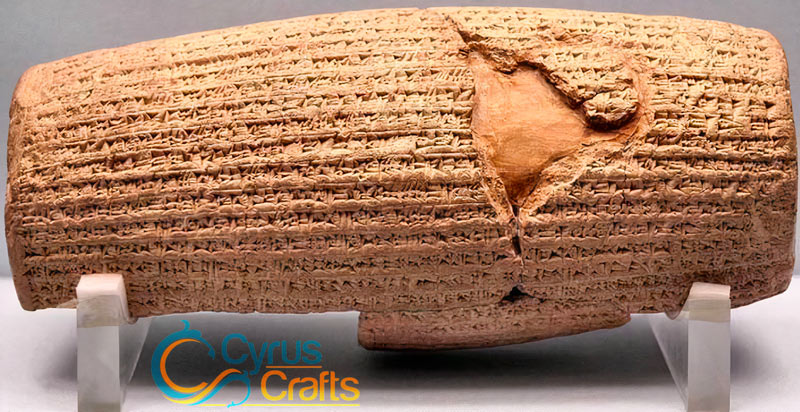
The extent of the Achaemenid Empire
The Persian Empire is most widely related to the Achaemenid Empire during the reign of Darius the Great and Xerxes.
At its height under Darius the Great, the Persian Empire stretched from Europe's Balkan Peninsula in parts of present-day Bulgaria, Romania, and Ukraine to the Indus River Valley in northwest India and south to Egypt.
The empire was larger than any previous empire in history of middle east and the world, spanning a total of 5.5 million square kilometers (2.1 million square miles).
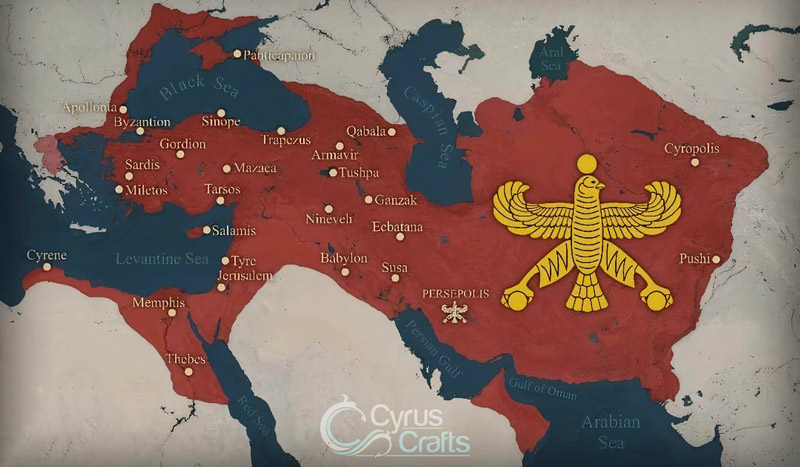
Persian empire fall: Battle of Issus
On 5 November 333 BCE, the Battle of Issus was Alexander the Great's second battle against the Persian army and the first direct engagement with King Darius III, near the village of Issus in modern-day southern Turkey. It was a significant victory for Alexander, defeating the Achaemenid Empire and causing Darius III to flee the battlefield.
Alexander the Great is portrayed as a legendary conqueror and military leader in Greek-influenced Western history books. A night of drunken excess led him to raze Persepolis to the ground, ostensibly to avenge the burning of the Acropolis by the Persian ruler Xerxes.
The Persians also condemn him for destroying cultural and religious sites throughout his empire.
The emblems of Zoroastrianism - the ancient religion of the Iranians - were attacked by his army and destroyed. For the Zoroastrian priesthood, the destruction of their temples was nothing short of a calamity.
Despite the passage of hundreds of years of the great Achaemenid Empire, engraving dishes, bowls, and vases related to this period can still be found in different parts of Iran and Asian, European and African countries that give us beneficial information about the culture, customs, and lifestyle of the ancient Persian people.
Now, inspired by the glorious name of Cyrus the Great, the CyrusCrafts online store offers and sells original Iranian handicrafts and thus exports Iranian rich culture to different parts of the world.


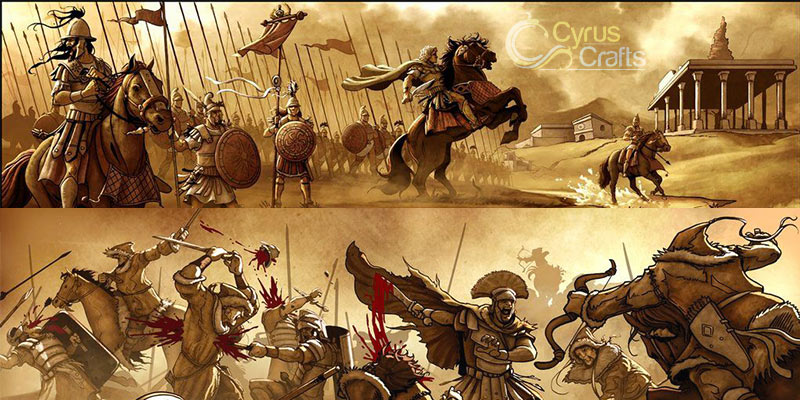






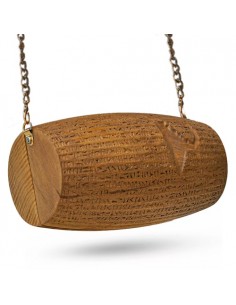

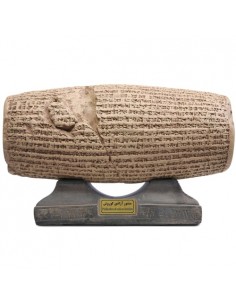

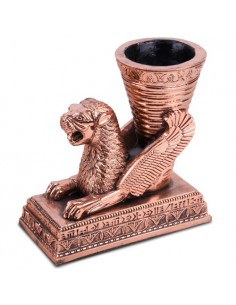

Comments (9)